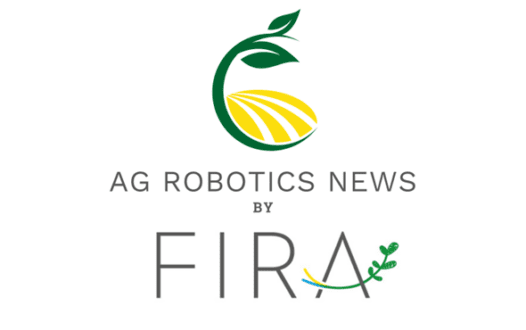Apr 1, 2024FIRA: robots ready for vineyards
A long-time shift has taken hold in the agricultural robotics market, and industry experts everywhere are starting to notice, according to an article by FIRA, the International Forum of Agricultural Robotics.
The changes began with the equipment itself. While the autonomous technologies of yesterday often focused on improving the standard industry equipment like tractors and sprayers with sensors and global positioning systems, today’s generation of smart equipment is often developed from the ground up.
The players have changed, too. Once the game of scrappy startups, now even the biggest manufacturers are getting in on the action. One person whose witnessed this transition from both the agronomic and technological sides is Joseph Malfait.


“The current technologies have been successful in navigating crazy conditions, such as wet and very humid weather or hilly slopes that would be dangerous for a driver,” he said in the article.
“The robots can handle these conditions very well. They can also help the operator to be very accurate when driving through vineyards, especially those with one- or two-year-old vines, where the plants are still very fragile.”
While a lot of these autonomous technologies have improved safety for workers and allowed vineyards to accomplish more with the workforce they have, there are also improvements Malfait expects to see in the coming years.
For one, he anticipates that future robots will be able to set themselves based on the environmental conditions, instead of requiring the farmer to tinker with the settings. This means the robot must be capable of accurately collecting data from its sensors and other monitoring systems. From there, the machine will also need to analyze the data and complete its tasks based on these findings.
Malfait uses the example of soil to illustrate this point. In areas with harder, more compacted soil, the robot will respond differently than it would under softer conditions. Instead of reporting this information to the operators, who might need to interpret this information and come back to the robot to adjust the settings, the machine will automatically adjust the settings and act accordingly. It will do this instantly, allowing the farmer to become more effective at responding to ever-changing circumstances.
Even as autonomous technologies continue to advance and improve, vineyards around the world are already being positively impacted by what’s available today. Each region of wine-grapes growers encounters different challenges. The solutions coming to market seek to help farmers rise to meet them.
“Across the world, we all have the same goal to produce the best grapes and make the best wine,” Malfait said in the article. “But the difficulties we face are different in each area. For some, there is a lack of employees that robots can help solve. For others, there are employees available but they aren’t trained. Robots that operate autonomously can help them.”


The small growers tend to try to compare the current equipment to the robotic solutions in terms of price or productivity — a comparison that cannot be made in an easy or satisfying way — and become disillusioned when the math doesn’t quite work.
Alternatively, the bigger growers want to try to replace their traditional equipment with robotic solutions, but they find that these autonomous machines that are not designed to do everything a standard tractor might accomplish. Instead, it would be ideal to have a mix of equipment that can make the overall job of producing grapes much more efficient. Then there are the growers that are worried about losing their jobs to technology when the reality is that employment will change rather than disappear entirely.
Malfait believes there is a middle ground for each scenario. When robots are mindfully integrated into an operation’s workflow, many of these worries dissipate.
“There’s a proper way to introduce technology into your organization,” Malfait says. “When you start to bring robots onto your vineyard, you have to really rethink how things work in the field, who will be controlling what and the goals you want the technology to help you accomplish. You may have to reorganize the work to avoid the risk of robots will interfere with people. I encourage everyone to think deeper about these things before they start to introduce new innovations onto the farm.”
Read the entire article here.















